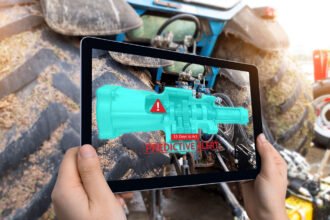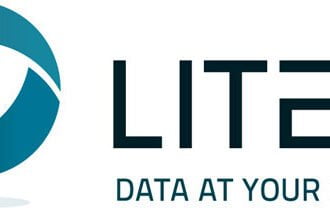The ongoing saga of smart meters in California and a recent opt-out ruling once again highlight the existence of a communications gap between utilities and consumers. Watching this slow motion communications disaster play out leads me to two conclusions. First, utilities, regulators, and governmental entities need to rapidly gain expertise in the practice of risk communications. Risk communications can guide effective exchanges of information to dispel misperceptions, establish factual knowledge of the risk/benefit tradeoffs of Smart Grid solutions, and build trust.
The ongoing saga of smart meters in California and a recent opt-out ruling once again highlight the existence of a communications gap between utilities and consumers. Watching this slow motion communications disaster play out leads me to two conclusions. First, utilities, regulators, and governmental entities need to rapidly gain expertise in the practice of risk communications. Risk communications can guide effective exchanges of information to dispel misperceptions, establish factual knowledge of the risk/benefit tradeoffs of Smart Grid solutions, and build trust.
Second, there are no quick fix solutions to bridge gaps between perception and realistic risks. It will take time to bridge this communications gap in the form of trust-building actions as well as significant shifts in utility and regulatory cultures.
If utilities and policy makers do not seriously engage in risk communications (which is a very different practice from crisis communications) there is real danger in solidifying public perceptions that make it difficult, if not impossible, to deploy the Smart Grid solutions needed to improve our energy security and grid reliability and reduce Greenhouse Gas (GHG) emissions. In northern California, public opinion is already building that smart meter benefits accrue to utilities, while the risks are borne by ratepayers. It’s not true, and public perception doesn’t have to trend this way.
Humans develop their perceptions of risk through a number of factors, including control, choice, source of risk (human-made or natural), risk/benefit tradeoffs, trust, and awareness. For instance, smart meters are man-made sources of radiation – although in exposure amounts much lower than those produced by mobile phones, baby monitors, and other wireless devices. Those devices, however, have immediate benefits to people, so the risks are discounted. Our sun is a source of naturally-occurring radiation, and skin cancer kills over 8,700 Americans each year. But citing statistics about the number of cancer deaths each year from the sun won’t change the false perception that smart meters are far worse for their health than spending a day outdoors without sun protection. Education about the benefits of smart meters (and the risks of not deploying them) are needed to change perceptions.
Choice and trust are two hot button issues for smart meters. Some objections have focused on the way in which smart meters have been deployed – people weren’t informed about smart meters, and therefore weren’t asked for permission to install. The feeling of having no choice just riles up people, particularly if they don’t trust the actions of their local utility. The newness of smart meters also makes the technology suspect to some population segments, especially if they subscribe to the opinion that “if it ain’t broke, don’t fix it.” This group lacks the knowledge of the problems in the existing electrical grid, and who can blame them? Utilities and regulators have done a fine job of engineering and managing a reliable electrical infrastructure that we take for granted.
So how do we solve this communications gap? We start by having a conversation about the electrical grid, the choices in energy sources, and the solutions that focus on energy security, improved grid reliability, and reduced GHGs. People need to know the true financial and economic costs of power outages, and how different Smart Grid technologies reduce overall outage time and increase reliability metrics. In other words, what are the risks of not implementing these solutions. The same dialog needs to occur around smart meters. Smart meters help consumers manage electricity use through automated and manually controlled changes in consumption, particularly during periods of peak electricity use. Smart meters make it possible to avoid investment in new fossil fuel sources of generation for peak demand, and that reduces GHG emissions. What are the risks of not using smart meters? Increased construction of peak power plants using natural gas which results in increased GHGs and most likely rate hikes to cover the costs of construction and operation of these minimally used plants. If we take no actions at all, we could have rolling blackouts.
Risk communication introduces messaging that has been absent so far and helps close the communications gap between utilities and their consumer segments. For more discussion about how the Smart Grid impacts interactions between utilities and consumers, join me at this webinar on March 30 titled The Smart Grid and the Customer Experience. I’ll be moderating a panel discussion with industry experts to learn more about tools and tactics for utilities to build support for Smart Grid initiatives across all consumer constituencies.
Photo by CELALTEBER .







